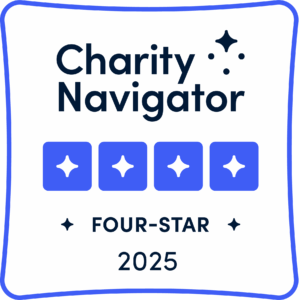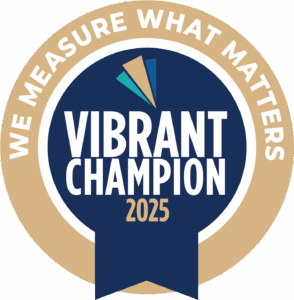Our Approach
WC&S uses the Sanctuary Model, JARS, and WCBS (all explained below) to live out our values of SUCCESS. Every day, these three systems help us remained aligned with our goals and with each other, working together to realize our vision of ending domestic violence and creating safe spaces for help, healing, and hope.

The Sanctuary Model
The Sanctuary Model is a holistic approach to helping injured children and adults recover from damaging effects of domestic violence through trauma-informed care, compassion, and mindfulness. It guides all WC&S programs in creating an organizational culture and a cohesive context for healing from psychological and social traumatic experiences. This model was developed in the 1980s by Dr. Sandra Bloom and her team at the Sanctuary Institute.
The 7 Commitments of The Sanctuary Model are:
- Non-violence – helping to build safety skills and a commitment to higher purpose
- Emotional Intelligence – helping to teach emotional management skills
- Social Learning – helping to build cognitive skills
- Open Communication – helping to overcome barriers to healthy communication, learn conflict management, reduce acting-out, enhance self-protective and self-correcting skills, teach healthy boundaries
- Social Responsibility – helping to rebuild social connection skills, establish healthy attachment relationships, establish sense of fair play and justice
- Growth and Change – helping to work through loss and prepare for the future
- Shared Governance – helping to create civic skills of self-control, self-discipline, and administration of healthy authority
WC&S staff members receive refresher trainings throughout the year about the Sanctuary Model and have open discussions about their challenges.
WC&S lives the Sanctuary Model through community meetings with clients, where people can share how they are feeling that day, their goal for the week, and who they can ask for help to achieve the goal. The Sanctuary Model is also integrated in team meetings. Staff and clients each create an Emotional Safety Plan, which is a list of activities that a person can choose when feeling overwhelmed so they can avoid engaging in unsafe behavior.
A core aspect of Sanctuary is the SELF model, which is how WC&S addresses physical/emotional injury and loss as individuals, organizations, and groups.
JARS
JARS stands for Justice, Autonomy, Restoration, and Safety. It assists the survivor in moving in the direction they want to go, becoming responsible for themselves, and having the freedom and safety to grow.
WC&S’ Civil Law Project and Legal Advocacy Department assists DV survivors with obtaining Justice, Restoration, Autonomy, and Safety. They also use JARS to improve the justice system’s response to domestic violence. The Pennsylvania Coalition Against Domestic Violence also uses JARS to provide domestic violence advocates with skills and knowledge to meet the complex needs of survivors.
- Justice—seeking legal, economic, and social reparations for issues created by the abuser
- Autonomy—respecting each survivor’s right to self-determination
- Restoration—working with survivors to regain physical and emotional control over their lives
- Safety—teaching individuals and communities to protect against physical, emotional, psychological, economic, and sexual abuse
WCBS
Women’s Center Business System (WCBS) is our organizational management system that promotes continuous improvement. The goal of WCBS is to meet client needs with the highest quality at the lowest cost in the shortest time. With WCBS, we maximize transparency, effective internal communications, and efficiency for all organizational roles.
Continuous improvement is the ongoing effort to close the gap between how things are and how we want them to be, so that we can provide the best possible survivor-centered services. Within WCBS we expect problems and expect to solve them. We also see problems as a good thing: an opportunity for growth. We achieve this growth by harnessing the collective efforts, talents, and expertise of all our employees to solve problems and improve the quality of our work. At WC&S, our people are our most important resource.
A crucial principle in WCBS is that people are not the problem. We believe problems arise because of how we do the work, not who is doing the work. When we identify problems, the employees who are closest to the work are the experts in how we can fix them. Because of this, WCBS creates a culture of safety and satisfaction. Staff feel emotional, physical, and professional safety while bringing up problems, and feel like their contributions make a real difference to the quality and overall operations of our agency.



